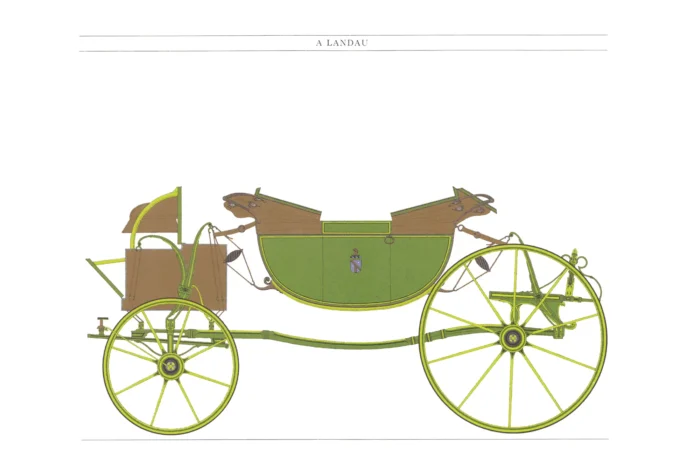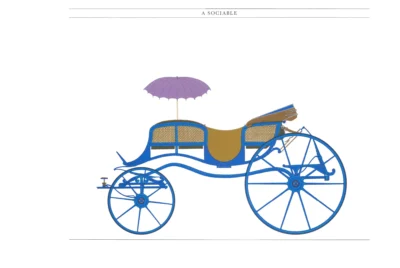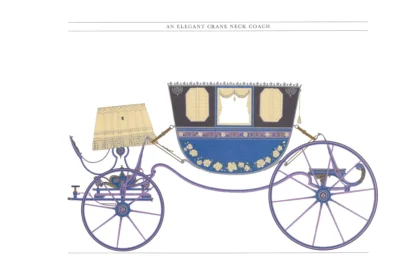Landau
£20.00
Landau (scroll down for a more detailed Description)
Published 1962 by © Hugh Evelyn Limited; drawn by Alan Osbahr
Size: c. 38 x 25.5 cm [14 ″ x 10 ″] – may vary slightly from printers’ cut 50 years ago
Printed on medium white cardstock weighing c. 140 g/sm2
Print is STANDARD size – shipping is the same for 1 to 10 prints (based on largest print size in your order) – see Shipping & Returns.
In stock
Description
Summary
Named after the German city of Landau, where such carriages were first made this four-wheeled carriage seats four people on two facing seats with an elevated front seat for the coachman. It was distinguished by two folding hoods, one at each end, which met at the top to form a boxlike enclosure with side windows. It was a heavy vehicle, often drawn by a team of four horses, and was widely used from the 18th century in England. Usually, landaus were severely cut away beneath at each end, so that the bottom of the door was the lowest point of the carriage body. It was a luxury carriage. The low shell of the landau provides maximal visibility of the occupants and their clothing, a feature that makes a landau still a popular choice for Lord Mayors in the United Kingdom on ceremonial occasions. The Royal Mews contains several different types of landau: seven State Landaus are in regular use (dating from between 1838 & 1872), plus five Semi-state Landaus. As well as being slightly plainer in ornamentation, the Semi-state Landaus are distinguished from the State Landaus in that they are postilion-driven, rather than driven from the box.
Additional information
| Weight | 0.0136 kg |
|---|---|
| Dimensions | 37.5 × 25.5 cm |





